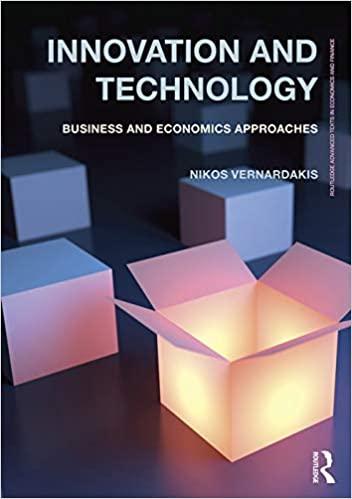Question
In June 2014, a Korean investor is considering investing in bank deposits in Korea and Japan. The annual interest rate on Korean deposits is 4%,
In June 2014, a Korean investor is considering investing in bank deposits in Korea and Japan. The annual interest rate on Korean deposits is 4%, versus 1.25% on deposits in Japan. Suppose that the forward rate in June 2014 is equal to F(Won/Yen) = 8.2. In June 2014, the expected exchange rate Ee(Won/Yen) is 8.4 Won/Yen. For the remainder of this question, please use the approximation for covered and uncovered interest rate parity. The spot exchange rate in June 2014 is E(Won/Yen) = 8.
a. Does covered interest parity hold in this example? If so, how do you know? Calculate the expected return in Japanese deposits (denominated in Korean won) in this case and explain your answer.
b. Does uncovered interest parity hold in this example? If so, how do you know? Which deposits pay a higher expected return? Calculate the expected return on Japanese deposits (denominated in Korean won) in this case and explain your answer.
c. Suppose the exchange rate in June 2015 is equal to 8.425 won per yen. Calculate the Korean investor's actual return, assuming that he invests in Japanese deposits in June 2014. How do these answers compare with those from (b)? Explain.
d. Consider two Korean investors, one uses speculation and the other uses hedging. Based on your previous answers, which one earned a higher return (or smaller loss) on Japanese assets between June 2014 and June 2015? Explain.
Step by Step Solution
There are 3 Steps involved in it
Step: 1

Get Instant Access to Expert-Tailored Solutions
See step-by-step solutions with expert insights and AI powered tools for academic success
Step: 2

Step: 3

Ace Your Homework with AI
Get the answers you need in no time with our AI-driven, step-by-step assistance
Get Started


